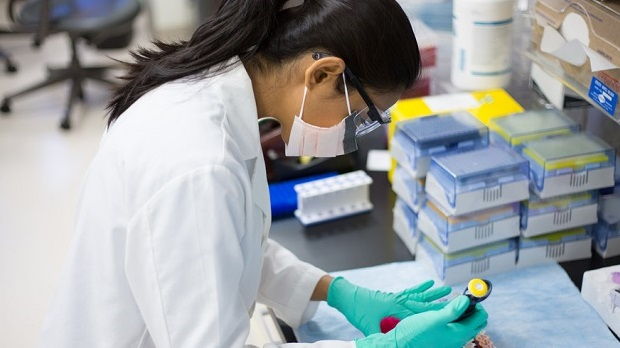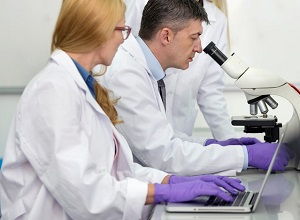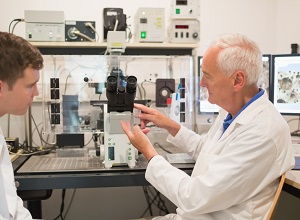DNA isolation from tissue

To make 10mL of DNA extraction buffer mix:
1mL of 1M Tris pH 8
400uL of 0.5M EDTA
2mL of 2% SDS (Handle SDS powder in the fume hood or wear a face mask)
1ml of 2M NaCl
5.55mL of ultra filtered water
50uL Proteinase K (From a 20mg/mL stock)
Store buffer at room temperature for a short period.
Tris is used to maintain the pH. EDTA is a chelating agent that sequests Mg & Ca required for DNase activation. SDS has detergent properties that removes membrane lipids and denatures proteins including histones & DNases. NaCl (salt) helps DNA stick together. Proteinase K is a serine protease active in SDS and EDTA.
Steps
1. Incubate tissue in volume of 1:5 (tissue : extraction buffer) for 8 – 24 hours at 55°C (8 hours for soft tissue). To assist digestion, tissue may be mashed or cut into small pieces. May also pipette mix or lightly vortex periodically.
2. Spin sample at 14000rpm for 6 minutes at room temperature to pellet cellular debris.
3. Carefully ransfer supernatant (via pouring or pipetting) into a new sterile tube. (May keep debris pellet as a back up until finished process confirms DNA yield).
4. Add equal portion of isopropanol, mix and spin at 14000rpm for 20 minutes at 4°C to precipitate and pellet DNA.
5. Discard supernatant and add 100uL of 70% ethanol, mix and spin at 14000rpm for 6 minutes at 4°C to wash and re-pellet DNA.
6. Discard supernatant, air dry pellet and resuspend in 100uL of sterile / ultra filtered water. May use 10 minutes at 55°C with pipetting and light vortexing to assist resuspension. Store at -20°C to -80°C.
Storing in water rather than buffer is quicker, cheaper and ensures no interference from buffer in any future DNA analyses. Storing in buffer may assist DNA stability, however DNA in water is stable when frozen.
7. Analyse DNA concentration and dilute and aliquot if desired. A 260/280nm ratio of >1.8 suggests a quality sample with little contamination.
Concentration analysis can be quickly performed using a Nanodrop (from Thermo Fisher Scientific). A Nanodrop takes up very little bench space, requires little training and maintenance and requires no reagents.
For links to molarity and dilution calculators see online science tools














